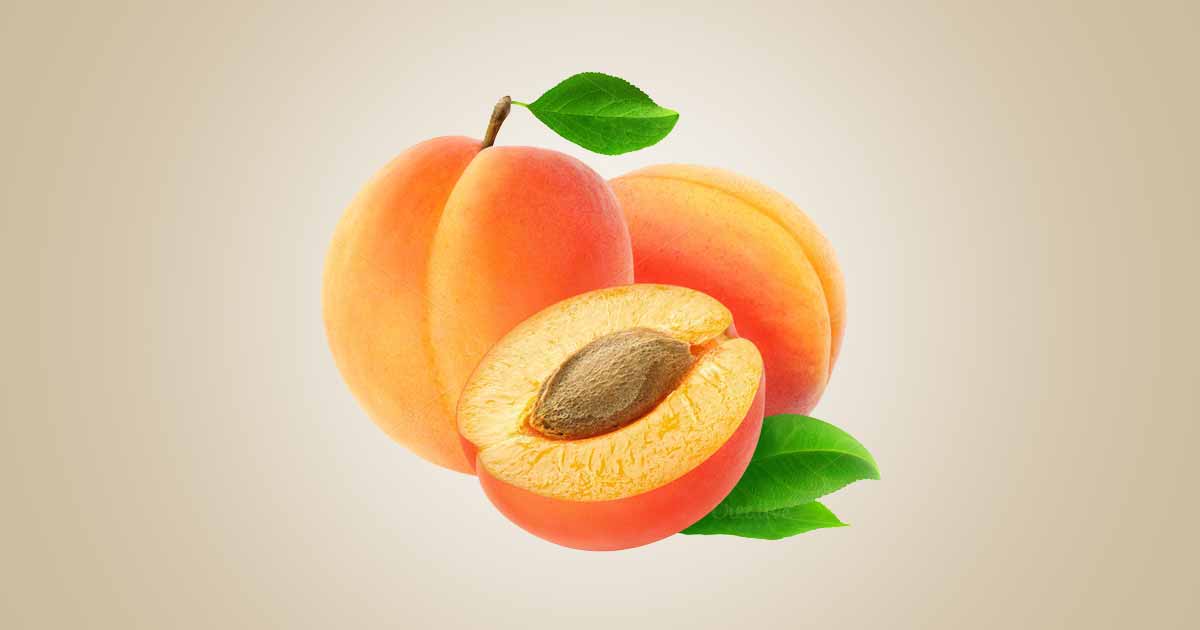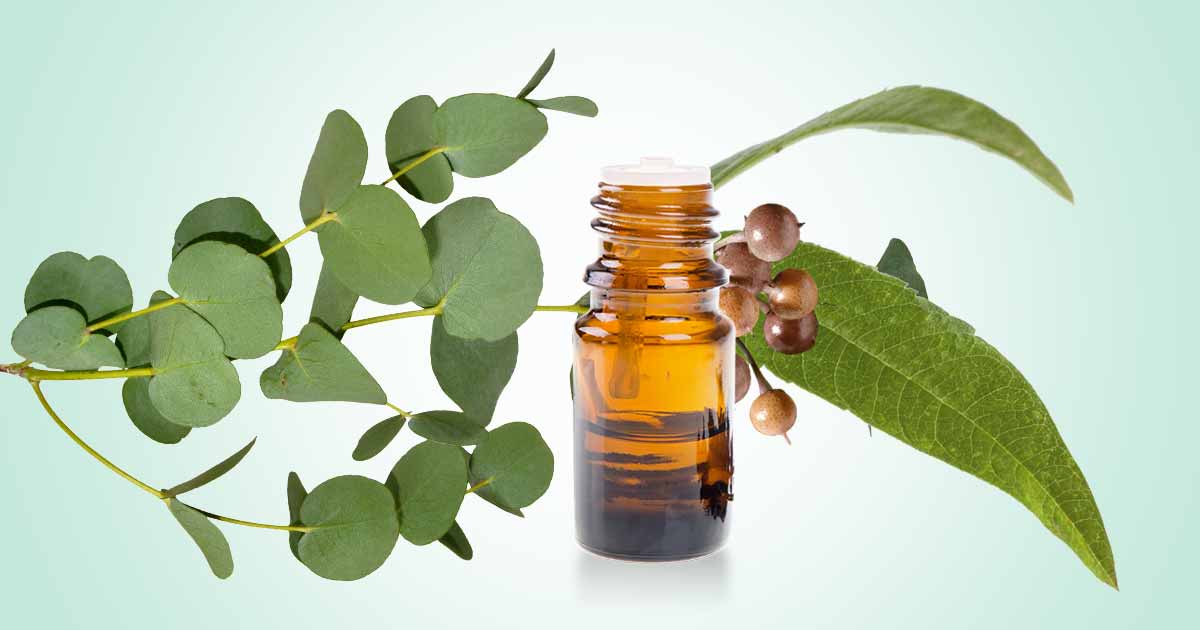Apricot fruit (Prunus armeniaca) also called Armenian plum is a deciduous plant in the Rosaceae family. The drupe resembles and are related to peaches and plums. The Latin genus, Prunus means plum or cherry tree.
It is native to Eastern Europe and Western Asia, but may have originated from China or Japan, or Korea. Turkey, Uzbekistan, and Iran are the world’s largest producers of apricots.
It is both an ornamental and fruit producing plant. Apricot is called the ‘golden fruit’ because of the numerous nutritional and medicinal benefits. It contains bioactive compounds such carotenoids, flavonoids, phenolics, and antioxidants.
The plant can grow up to 20 to 40 ft (12.19 m) height. The leaves are deep green, ovate shaped and with serrate margins. It is mostly self-pollinating and the solitary, white or pink fragrant flowers give way to a golden orange, edible, fleshy drupe. The fruit also has a large pit (stone).
The flower blooms in February or March, while the fruiting starts in the second year after planting. Big harvest comes in 3 to 5 years. Apricot grows well in well-drained moist soil, with full sun or partial shade.
The fruit has a distinct fragrance, and flavor. It has a yellow to orange color with a reddish random overlay. It is eaten fresh or can be used in jellies, jams, and preserves. The fruit can be consumed freshly picked or dried. It is also used in wine, while the seed from the seed kernel are used in cosmetics and pharmaceutical preparations.
Apricot has analgesic, antipyretic, expectorasedative, anthelmintic, antispasmodic, antiseptic,
laxative, expectorant, emollient, emetic, ophthalmic effect, antioxidant, cardioprotective, anti-inflammatory, hepatoprotective effects.
Varieties of Apricot
- ‘Wilson Delicious’: with white flowers in early spring and freestone apricot which ripens in early July.
- Chinese: Very winter hardy, yellow to light orange flesh, self fruitful, ripens in mid-July.
- Moongold: Medium size fruit, yellow flesh, ripens in mid-July, grow with Sungold for proper pollination.
- Sungold: Very winter hardy, orange flesh, grows more upright, must cross-pollinate with Moongold.
- Moorpark: Golden yellow fruit for fresh eating, canning and drying, ripens in July to August
- ‘Zaiglo’ STARK GOLDEN GLO: a miniature plant that grows only 4-6’ tall. It produces full-sized mildly sweet golden apricots which ripen in mid-July.
- ‘Homedale’ STARK SWEETHEART: in this variety, each freestone pit may be broken open to harvest an almond-like kernel, which is an almond substitute in cooking.
- Others such as ‘Gold Cot’, ‘Shakarpara, Roxana
Constituents
β-carotene, is about 60−70% of the total carotenoid content. It is an important precursor of vitamin A that gives orange color to the fruit.
- Sugars: sucrose (main sugar constituent), glucose, fructose, sorbitol.
- Organic acids: citric acid and malic acids (main organic acids), quinic, succinic, and ascorbic acids.
- Flavonols: quercetin, glycoside rutin, kaempferol resveratrol, and vanillin.
- Phenolic acids: chlorogenic, gallic, ferulic, caffeic, 4-aminobenzoic, procatechin, salicylic, and p-coumaric acid.
- Carotenoids: β-carotene, γ-carotene, lycopene, β-cryptoxanthin, phytoene, phytofluene, and lutein.
- Amino acids: Aspartic acid, glutamic acid, proline, lysine, are the most abundant amino acids.
- Fatty acids: Palmitic, oleic and linoleic acids.
- Fiber: pectin (1%), pentosane, cellulose, and hemicellulose
- Volatile compounds: Responsible for the aroma. They include limonene, p-cinene, α-terpineol, geranial, linalool, γ-decalactone, hexanal, (E)-2-hexenal, (E, E)-2,4-decadienal, (E)-2-nonenal, β-ionone.
- Lignans: dried fruits contain secoisolariciresinol with phytoestrogen-like activity.
The seed of bitter tasting apricot also contains varying levels of amygdalin. Amygdalin, a cyanogenic glucoside, releases cyanide upon hydrolysis by β glucosidase. This gives a bitter taste to the fruit.
Nutritional Composition of Apricot
According to the USDA, a 100 g of raw apricot, contains 86.4 g of water, 11.1 g of carbohydrates, 1.4 g of proteins, 0.39 g of fats, 0.75 g of ash, 2 g of dietary fiber, 9.24 g of sugars, and 48 kcal of energy. It has amino acids, low fatty acids, and no cholesterol.
- Minerals: potassium (259 mg), calcium, magnesium, sodium, phosphorus, iron, zinc, manganese, copper, selenium.
- Vitamins: vitamin C, vitamin A, vitamin K, vitamin E, niacin, riboflavin, vitamin B-6, pantothenic acid, and biotin.
Health Benefits of Apricot
Antioxidants:
Apricot contains flavonoids, phenolic compounds and β-carotene. These compounds are antioxidant and prevent the formation of free radicals in the body. They play important roles in reducing oxidative stress, forms of cancer, cardiovascular diseases, boosting immunity, and protecting against age-related macular degeneration.
Anticancer activity:
American Cancer Society list apricot as one of the fruits with potential anticancer effect. It contains amygdalin (Vitamin B17). Amygdalin or laetrile, is a cyanogenic compound, and a member of aromatic cyanogenic glycosides.
The anticancer action can be indirect through the decomposition product of amygdalin, hyrocyanic acid, an antitumor compound, or direct action. Amygdalin induce apoptosis in cancer (HeLa) cells via JKN/c-Jun pathway. It blocks exchange of nutrients between cancer cells and the environment (Noonan et al., 2007).
Also, a Japanese apricot variety “MK615” contains a compound that inhibits human pancreatic cancer cells, colon cancer cells and liver cancer cells in animal studies (Ali et al., 2011). The seed’s extract also inhibited leukemia cells.
Cardiovascular health:
Apricot contains antioxidant compounds such as carotenoids, flavonoids, phenolic compounds that protect against cardiovascular diseases and age-related degenerative conditions.
Antioxidant effect could lower the risk of atherosclerosis and coronary heart disease, prevent formation of clots, and thrombus.
Also, potassium, an abundant mineral in apricot also modulates intracellular and extracellular water levels, keeping blood pressure in check.
Dietary fiber bind to cholesterol and prevent accumulation on the artery walls. It also decreases liver concentration of cholesterol and improve its clearance.
Hepatic steatosis (Fatty liver disease):
Hepatic steatosis, a non-alcoholic disorder, cause accumulation of triglyceride in the liver cells, leading to cirrhosis and hepatocellular carcinoma.
Apricot contains vitamins, carotenoids and flavonoids which prevent hepatic steatosis and free radical damage.
Improves vision and health of the eyes:
Reactive oxygen species could cause macular degeneration and cataract. This will lead to loss of vision.
Apricot contains zeaxanthin, a xanthophyll carotenoid that enhances vision, and lutein that prevents damage to the retina.
Phytoestrogen-like effect:
Bitter apricot seeds may affect plasma levels of the follicle-stimulating hormone (FSH) in rabbits, and may be involved in ovarian folliculogenesis.
Antimicrobial effect:
Apricot extract inhibits bacteria such as Mycobacterium tuberculosis and Helicobacter pylori. The leaf extract has antiparasitic activity against Leishmania tropica.
Neuroprotective activity:
The bark extract and the essential oils from the leaves of apricots inhibits acetylcholinesterase. Carotenoids, especially lutein, exhibit potent anti-amyloidogenic activity in vitro, and could be useful in Alzheimer’s disease.
Hepatoprotective effect:
Apricot fruit decrease liver damage and steatosis caused by carbon tetrachloride (CCl4) in rats. In animal studies, apricot fruit increased antioxidant levels and decreased damage to hepatocytes, edematous cytoplasmic matrix, large lipid globules, and degenerated organelles.
It also decreased ALT (alanine aminotransferase), AST (aspartate aminotransferase), and ALP (alkaline phosphatase) levels and significantly increased albumin and total proteins in rat sera.
Hypolipidemic effect:
Apricot fruit decreased triglycerides, total cholesterol, LDL, VLDL, and a significantly increased the HDL plasma levels
Side Effect and Toxicity
Apricot leaves, stems, and seed pits contain cyanide, which is poisonous. The pits are more poisonous when ground or crushed, and when the seeds are chewed.
Symptoms of poisoning include weakness, excitement, gasping, spasm, pupil dilation, convulsion, coma, and respiratory failure.
References
- https://plants.ces.ncsu.edu/plants/prunus-armeniaca/
- https://www.ncbi.nlm.nih.gov/pmc/articles/PMC9325146/
- https://www.ncbi.nlm.nih.gov/pmc/articles/PMC8230439/
- https://web.extension.illinois.edu/hortanswers/plantdetail.cfm?PlantID=627&PlantTypeID=11
- https://fdc.nal.usda.gov/fdc-app.html#/food-details/171697/nutrients
- https://trees.umn.edu/apricot-prunus-armeniaca
- https://www.researchgate.net/publication/352436635_Apricots_Prunus_Armeniaca-Morphology_Taxonomy_Composition_and_Health_Benefits












